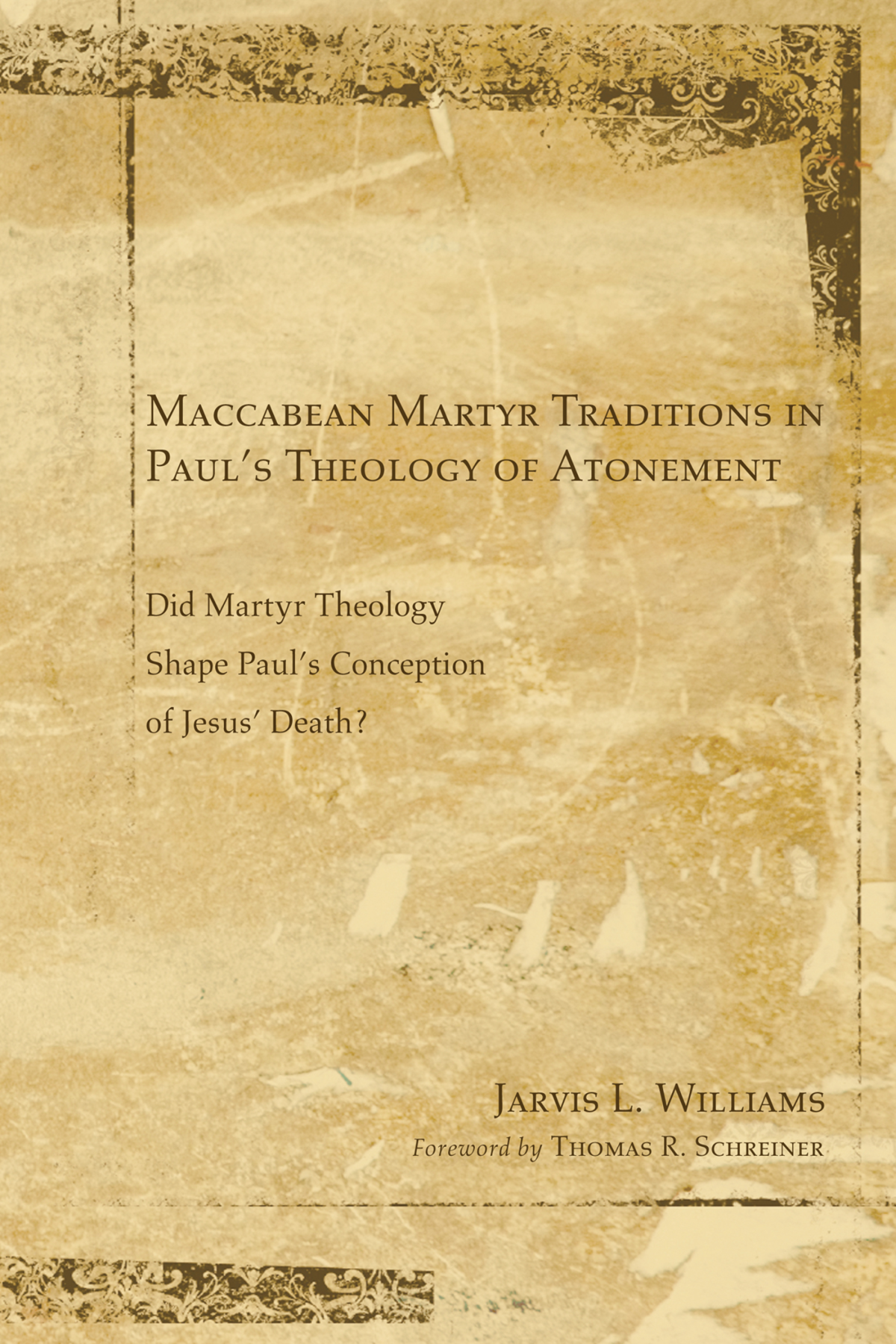

Most ebook files are in PDF format, so you can easily read them using various software such as Foxit Reader or directly on the Google Chrome browser.
Some ebook files are released by publishers in other formats such as .awz, .mobi, .epub, .fb2, etc. You may need to install specific software to read these formats on mobile/PC, such as Calibre.
Please read the tutorial at this link: https://ebookbell.com/faq
We offer FREE conversion to the popular formats you request; however, this may take some time. Therefore, right after payment, please email us, and we will try to provide the service as quickly as possible.
For some exceptional file formats or broken links (if any), please refrain from opening any disputes. Instead, email us first, and we will try to assist within a maximum of 6 hours.
EbookBell Team

5.0
48 reviewsIn an age in which scholars continue to produce books on the nature and significance of Jesus's death, books that often assume the Old Testament cult was the New Testament authors' primary background for their conception of Jesus's death, Jarvis J. Williams offers a fresh and novel contribution regarding both the nature of and background influences behind Paul's conception of Jesus's death. He argues that Paul's conception of Jesus's death both as an atoning sacrifice and as a saving event for Jews and Gentiles was significantly influenced by Maccabean Martyr Theology.
To argue his thesis, Williams engages in an intense exegesis of 2 and 4 Maccabees while also interacting with other Second Temple Jewish texts that are relevant to his thesis. Williams further interacts with relevant Old Testament texts and the key texts in the Pauline corpus. He argues that the authors of 2 and 4 Maccabees present the deaths of the Jewish martyrs during the reign of Antiochus Epiphanes IV as atoning sacrifices and as a saving event for Israel. He further argues that, although the Old Testament's cultic language certainly influenced Paul's understanding of Jesus's death at certain junctures in his letters, the Old Testament cult alone-which emphasized animal sacrifices-cannot fully explain why or even how Paul could conceive of Jesus's death, a human sacrifice, as both an atoning sacrifice and a saving event for Jews and Gentiles. Finally, Williams highlights the lexical, theological, and conceptual parallels between Martyr Theology and Paul's conception of Jesus's death. Even if scholars disagree with Williams's thesis or methodology, serious Pauline scholars interested in the background influences behind and the nature and significance of Jesus's death in Paul's theology will want to interact with this work.